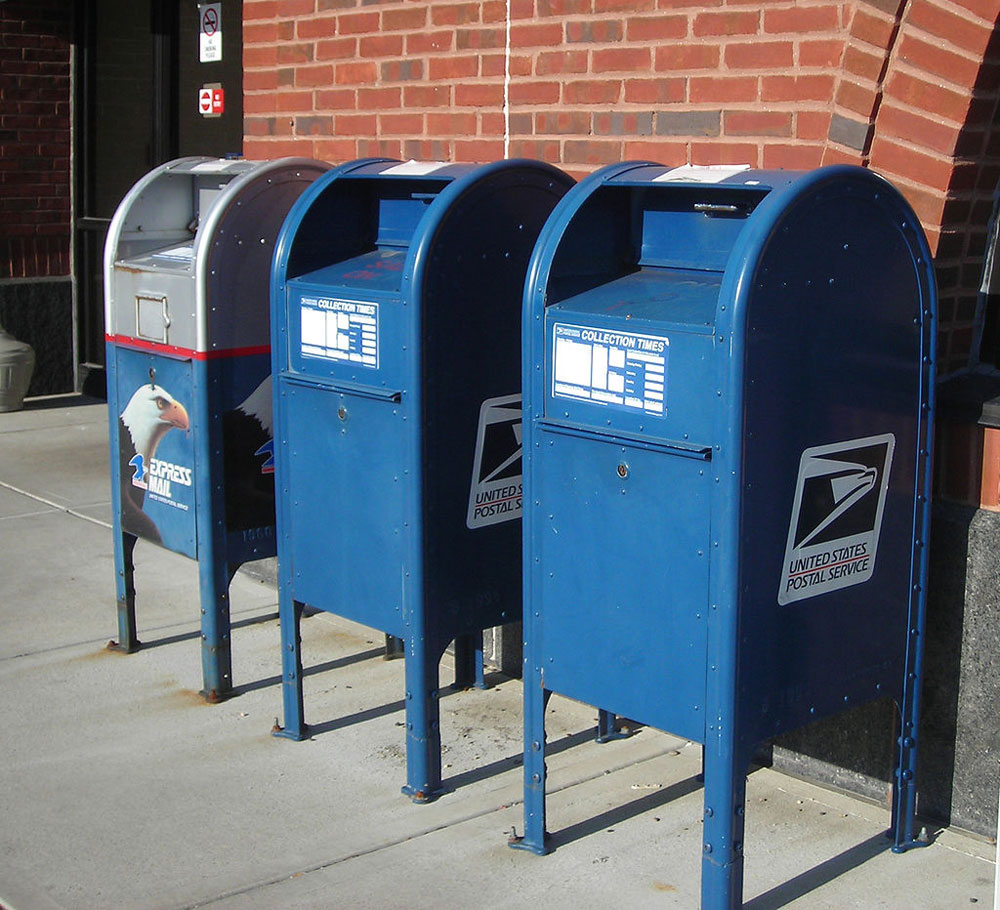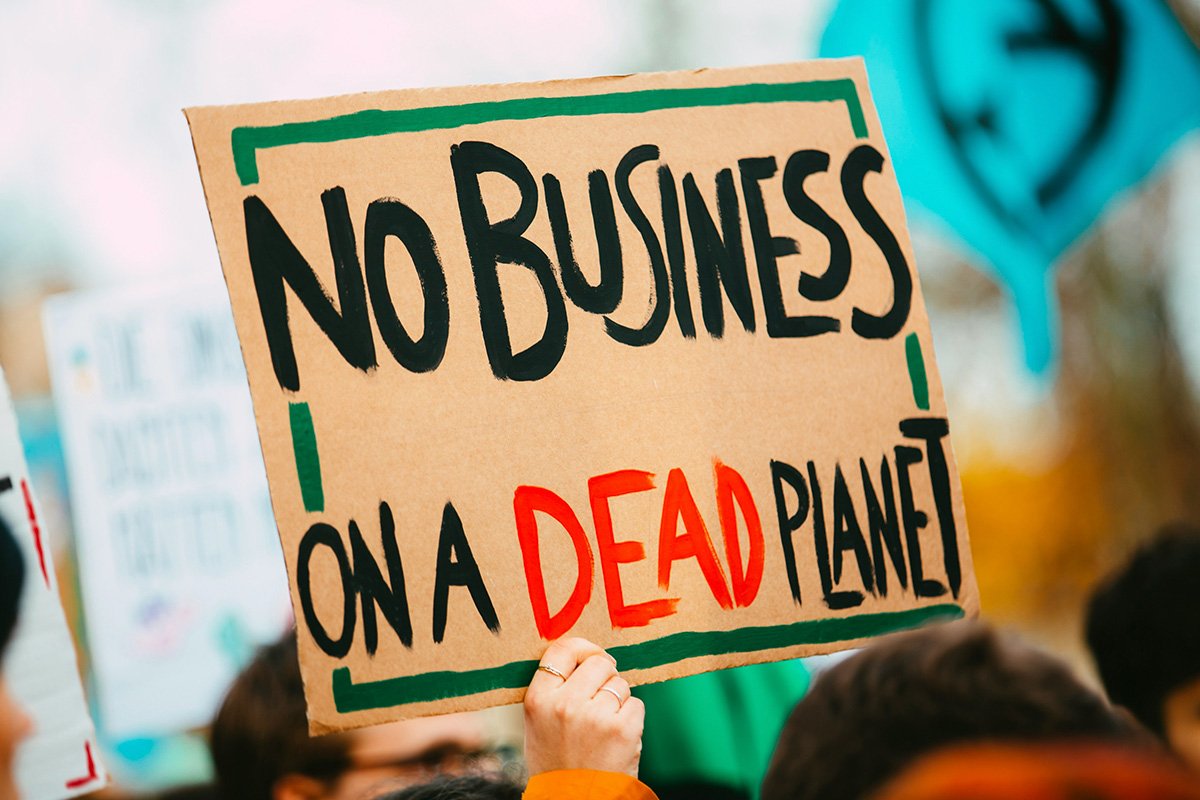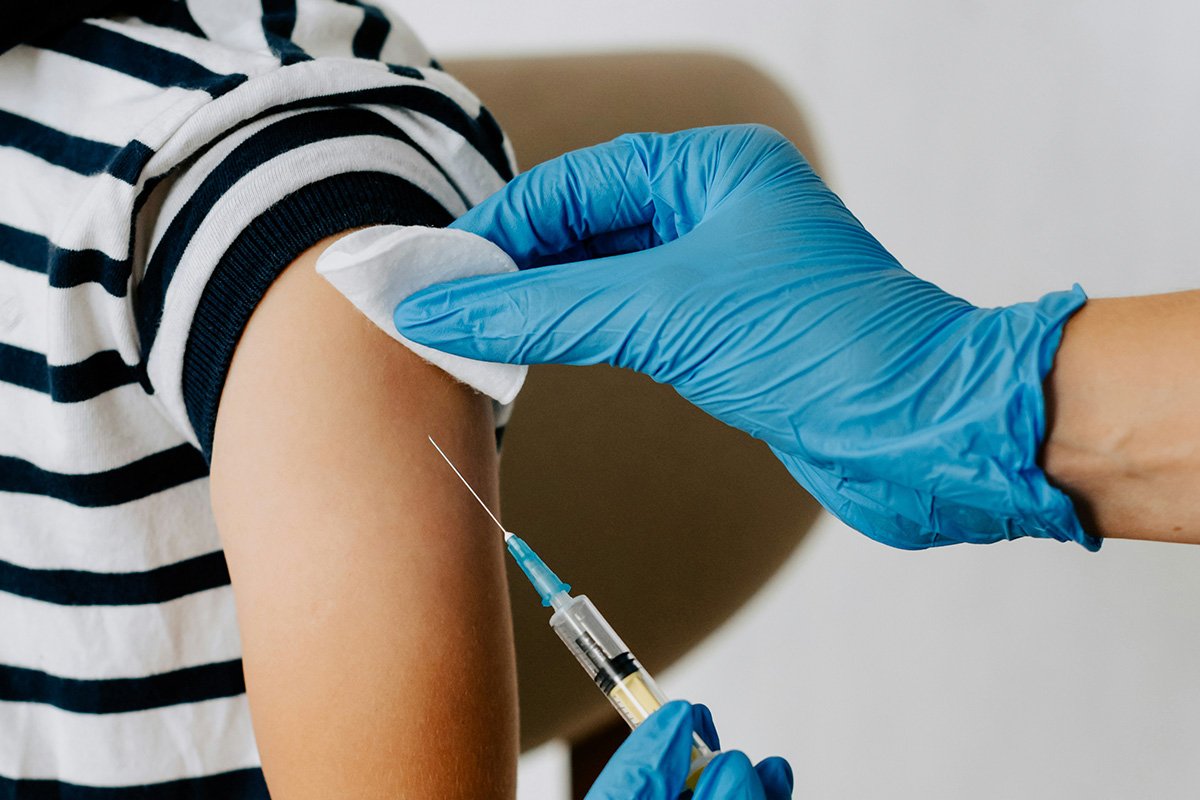
April 8, 2020; NPR
With over 600,000 employees and a history that extends back to the founding fathers, the United States Postal Service (USPS) is an institution that serves all Americans, no matter their zip code. Now, after years of financial struggle, the COVID-19 outbreak has slowed the volume of mail to a rate that means the USPS might run out of money by the end of their fiscal year in September.
Postmaster General Megan Brennan told Congress that USPS anticipates “a $13 billion revenue loss directly to COVID-19 this fiscal year and a $54.3 billion additional losses over ten years.” In the fall, before the COVID-19 crisis took hold, Brennan announced her resignation, but with no one ready to take her place, she has continued on until a replacement can be found.
In the $2 trillion emergency bill approved by Congress in March, the USPS received a $10 billion loan, but since they are not able to pay the current debts they owe, further indebtedness may not be what is needed.
USPS does not receive any tax dollars. Instead, it relies on the sale of postage, products, and services to cover all operating expenses, meaning the decline in economic activity and the resulting decrease in mail leaves them particularly vulnerable. Additionally, since 2006, USPS has been required to pre-fund the future retirement benefits of its employees, worsening its financial situation. In its last fiscal year, the agency lost $8.8 billion. Then, the COVID-19 outbreak hit. Postal Service workers are essential, and USPS is now covering the cost of providing them with gloves and masks so they can safely continue their work. As of April 13, 2020, 693 USPS workers have tested positive for COVID-19.
Sign up for our free newsletters
Subscribe to NPQ's newsletters to have our top stories delivered directly to your inbox.
By signing up, you agree to our privacy policy and terms of use, and to receive messages from NPQ and our partners.
The volume of mail has been declining at an ever more rapid rate. House Subcommittee on Government Operations Chairman Rep. Gerry Connolly (D-VA) says mail volume could collapse as much as 60 percent by the end of the year. On the other hand, some have been moved to acts of gratitude upon seeing postal workers provide an essential service.
“Letter carriers are getting thank-you notes in their mailboxes,” said the president of Branch 100 of the National Association of Letter Carriers in northwestern Ohio. “Kids are writing thank-yous in chalk on the sidewalk.”
“Just think about: In this pandemic, information is going into people’s homes on health. Medicines are going into people’s homes through the post office,” the President of the American Postal Workers Union says. “Even in ordinary times, there’s 1.2 billion packages of medicine.”
Despite these reminders of the important role USPS, an institution with bipartisan support, plays in the interconnectedness of the United States, it continues to face hostility from the executive branch. There are concerns that President Trump will take this opportunity to push for privatizing the USPS, as detailed in a plan released by the White House. Trump blames (or credits) Amazon for the service’s demise, a claim that has been largely discredited.
The USPS serves all Americans at equal rates, even those in rural areas who are not profitable to serve. There are major concerns that if the system is privatized, this might no longer be the case, and Americans could lose access to communication and the supplies they need.—Julie Euber











